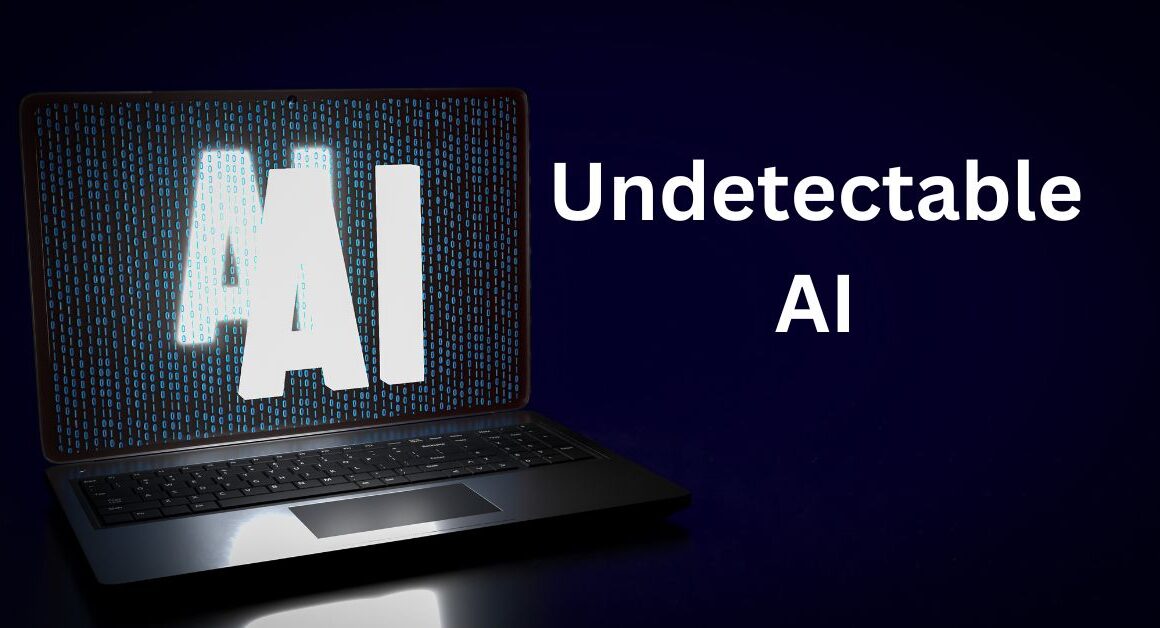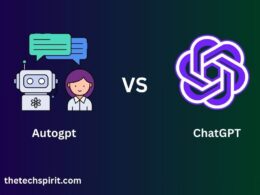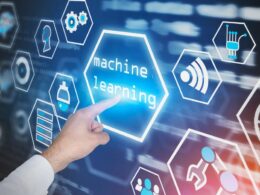The rapid advancement of artificial intelligence (AI) has led to the emergence of undetectable AI – AI systems that can act in an autonomous, human-like manner while evading detection. As undetectable AI becomes more sophisticated, it raises troubling questions about ethics, accountability, and social impacts.
Table of Contents
What is Undetectable AI?
Undetectable AI refers to AI systems that are capable of imitating human behaviors and outputs so convincingly that they cannot be easily identified as artificial. This is made possible by advances in natural language processing, machine learning, neural networks, and other AI techniques.
Some key attributes of undetectable AI include:
- Human-like communication: Undetectable AI can conduct fluent, contextual conversations and generate believable text content.
- Emulation of human tendencies: The AI mimics patterns like pauses, typos, and variable response times to appear more human.
- Original output generation: Rather than rephrasing existing text, undetectable AI can generate novel, authentic content.
- Seamless integration: The AI can be embedded into applications to interact with people or produce content without being detected.
How Undetectable AI Works
Undetectable AI leverages the massive datasets, powerful computational resources, and algorithmic breakthroughs of modern AI. Some key techniques that enable undetectable AI include:
- Generative adversarial networks: Two neural networks compete against each other to generate increasingly human-like content.
- Reinforcement learning: The system learns how to mimic human behaviors through trial-and-error interactions.
- Diffusion models: AI generates novel samples that imitate the statistics of human data.
- Multimodal learning: Combining different data types like text, audio, and images allows more lifelike outputs.
- Knowledge enhancement: Large knowledge bases about the world provide a more human-like context.
These and other methods allow undetectable AI to conduct itself in a remarkably human manner while avoiding patterns that would reveal its artificial nature.
Use Cases for Undetectable AI
Undetectable AI is being increasingly deployed across many domains, highlighting both its impressive capabilities and potential risks. Some common use cases include:
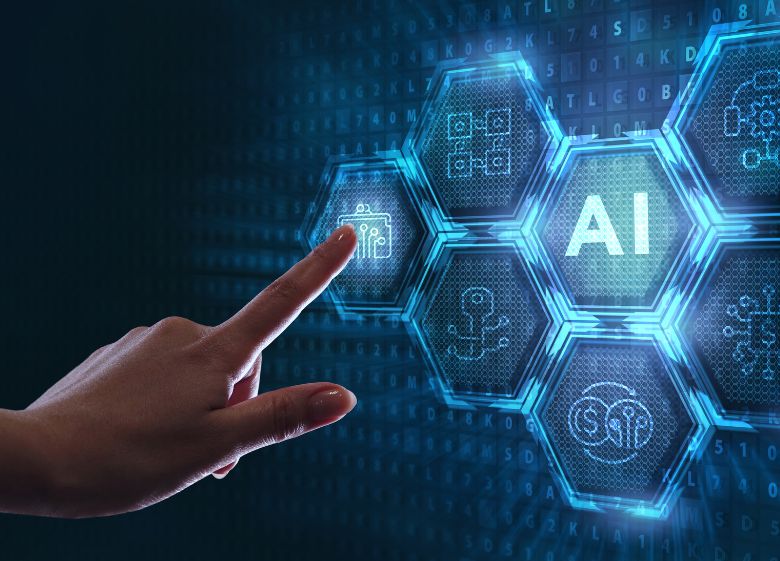
Automated Online Activities
- Social media engagement (likes, comments, shares)
- Forum discussions and product reviews
- Online multiplayer gaming
- Chatbot conversations
AI-Generated Content
- News articles and blog posts
- Social media posts
- Academic papers and essays
- Creative fiction stories
Social Media Bots
- Influencers to promote brands/ideas
- Political propaganda bots
- Impersonation accounts
- Fake followers
While these applications demonstrate the technology’s potential, they also raise serious concerns about misuse.
The Risks and Ethical Concerns of Undetectable AI
The emergence of undetectable AI sparks pressing questions around ethics and dangers. Some top issues include:
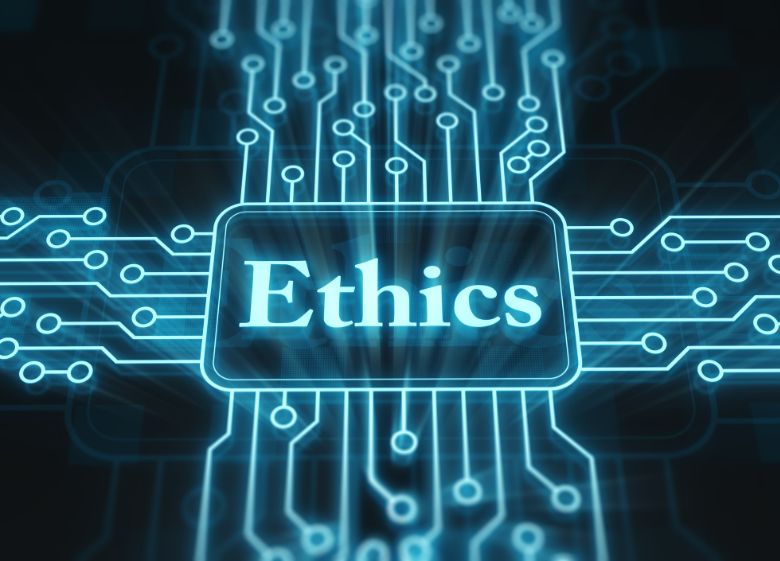
Spread of Misinformation
- AI can generate convincing but false content at scale.
- Bots can rapidly propagate inaccurate or polarizing content.
Lack of Accountability
- Anonymity makes it hard to hold anyone accountable for AI actions.
- System biases and errors get obscured without transparency.
Threats to Privacy and Security
- AI hackers can impersonate people and gain access to sensitive systems.
- Surveillance becomes easier when humans can’t detect AI monitoring them.
While the technology holds much promise, its potential misuse could also inflict lasting harm. This underscores the need for safeguards.
Detecting and Regulating Undetectable AI
As undetectable AI systems grow more advanced, regulators, researchers, and companies are developing methods to detect and govern these technologies:
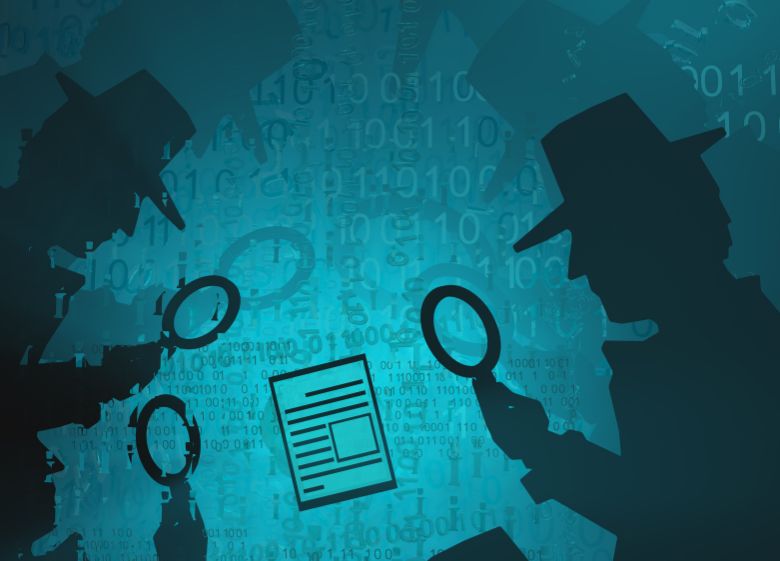
Better Detection Methods
- Analyzing behavior patterns over time to identify anomalies.
- Assessing whether content has a coherent contextual flow.
- Looking for signs of repetitiveness or lack of originality.
- Using based detectors and comparative analysis.
Laws and Regulations
- Requiring disclosure when AI content is generated.
- Enacting penalties for malicious deception using AI.
- Extending slander and libel laws to AI systems.
Industry Standards and Best Practices
- Companies adopting self-regulation principles for ethical AI design.
- Promoting transparency around AI capabilities and limitations.
- Preventing harmful misrepresentation through AI.
Multilateral collaboration among researchers, policymakers, and companies will be key to cultivating beneficial undetectable AI while curtailing harms. Ongoing progress in detection and regulation can help guide the technology toward positive social impacts.
The Future of Undetectable AI
As undetectable AI advances in the coming years, we are likely to see ever-growing applications leveraging convincing, context-aware, and highly original synthetic content. This could enable a wave of creative new media, personalized customer service, and interactive entertainment powered by AI.
The risks of misinformation and manipulation loom large if development outpaces detection and policy interventions. Constructive debates around ethics, values, and the future we envision will be essential to steering undetectable AI toward prosperous outcomes for society while mitigating the dangers.
If harnessed prudently, these emerging technologies could usher in an age of abundant information, seamless interfaces, and stimulating digital experiences – but reckless use also threatens democracies, human rights, and the foundations of human trust.
Our collective choices today will determine whether undetectable AI meets its utopian or dystopian possibilities.
Conclusion
Undetectable AI presents remarkable opportunities to improve human lives through impactful new applications. However, with the growing risks of misinformation, deception, and manipulation, it also poses complex technological and ethical challenges regarding detection, governance, and security.
Constructive public dialogue and proactive collaboration between all stakeholders will be vital as we navigate the emergence of these potentially world-altering yet invisible technologies.
FAQs
How soon will advanced undetectable AI arrive?
Some experts predict human-level undetectable AI could emerge in the next 5-10 years, but the timeline remains uncertain. Rapid progress makes capabilities possible earlier than anticipated.
What jobs or tasks are most at risk from undetectable AI?
Jobs involving interpersonal interaction, creative content production, information verification, and subjective decision-making appear most susceptible to displacement from advanced undetectable AI.
Can we prevent undetectable AI from being misused?
Effective prevention of misuse will require ongoing research, regulatory vigilance, ethical AI design principles, and collective diligence across society. But the risks can likely never be fully eliminated.
Will undetectable AI cause widespread unemployment?
Significant job displacement seems likely, but new roles related to designing, validating, and working alongside AI may counterbalance unemployment to some degree. Smooth workforce transitions should be a priority.
Is there a way for humans to have certainty whether the content was AI-generated or human-created?
Absolute certainty may be difficult as technology advances, but ongoing detector development, watermarking techniques, and legal disclosure requirements around AI can help establish provenance.





